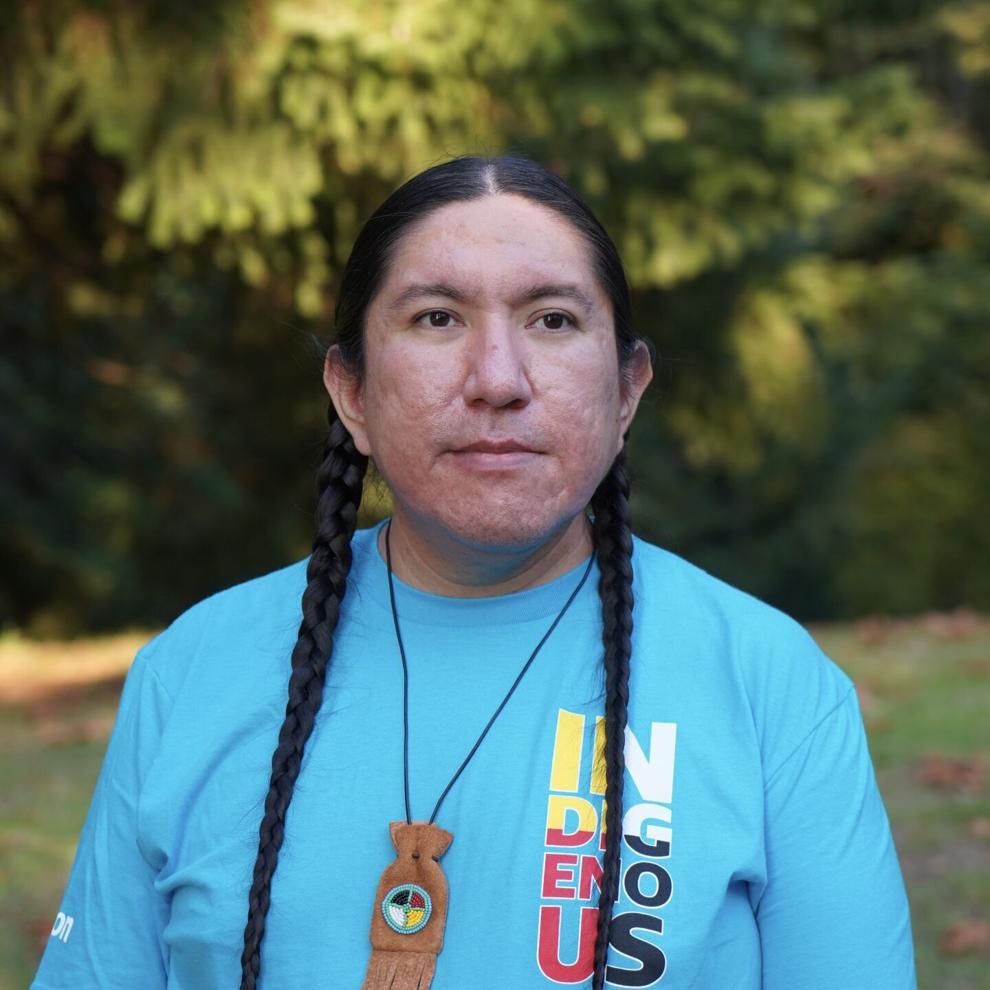Growing up on the Northern Cheyenne Indian Reservation in Montana, Michael Running Wolf was especially aware of the importance of language. For decades, it was illegal under U.S. law to speak Native languages in schools. So in regard to learning them, generations of Indigenous children went without.
Running Wolf grew up to become a computer scientist and landed a job working on Amazon’s virtual assistant, Alexa. A few years ago, he started to wonder how he might get something like Alexa to speak Cheyenne and other Indigenous languages. That has become his lifelong mission.

Michael Running Wolf Jr: I am a Ph.D. student at McGill University [in Quebec, Canada] and founder of Indigenous in AI. So I’m researching Indigenous language voice AI, specifically making automatic speech recognition for Indigenous languages in North America.
My mother speaks Cheyenne and my father speaks Lakota. And the idea was to put on a [virtual reality] headset and be able to speak Cheyenne or Lakota or any other Indigenous language in a virtual environment and have a naturalistic experience, with the main goal being educational material.
Over the past few years, I’ve most recently focused on artificial intelligence because it’s unfortunately green-field research. There has been very little work done in academia on enabling Indigenous minority languages into voice AI like [Apple’s] Siri or Google Assistant.
One significant challenge is that because there’s so many languages in North America, Indigenous languages, the technology, there is no silver bullet for voice AI. We would need to per language bespoked artificial intelligence. But my focus, as being a former industry engineer, is how do we scale this? How do we make this broadly available to as many languages as possible? So what I’m doing is, my technical research is focused on tackling the most challenging aspects of Indigenous languages. And then by solving these challenges, we can hope to scale to other languages more broadly.
We’re just trying to show that cultural reclamation, the revitalization, the breathing new life into our culture and our society and sovereignty, is important and vibrant. And my secondary goal is also to build capacity. There’s too few of us technologists, unfortunately. And I’m hoping that if we build the tools that enable communities to put their culture into [extended reality] spaces, the metaverse and using AI, we’ll also be inspiring a new generation of technologists and researchers to solve critical technical problems and critical social problems that could be solved with technology.



